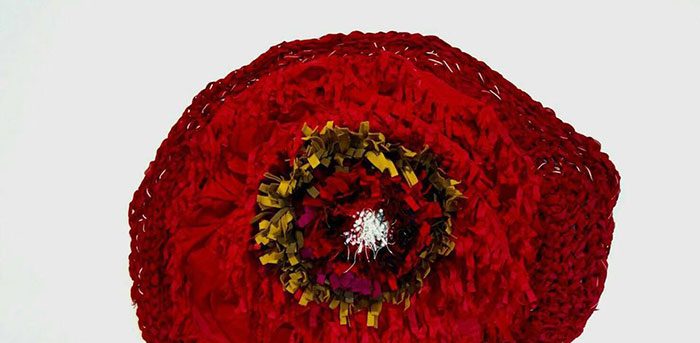Curators Bruno Latour and Martin Guinard take on the environment and diplomacy
Bruno Latour and Martin Guinard, the curators of the Taipei Biennial, have release the names of the 39 artists who are to take part in their exhibition opening 24 October. Hailing from 18 countries and territories are Aruwai Kaumakan, Erika Balsom and Grégory Castéra (Council), with Daniel Steegman Mangrané, June Balthazard & Pierre Pauze, Hicham Berrada, Cemelesai Dakivali, Chang Yung-Ta, Chen Yin-Ju, Cooking Sections (Daniel Fernández Pascual & Alon Schwabe), Cui Jie, Em’kal Eyongakpa, Fablab Dynamic, Anne-Charlotte Finel, Jean-Michel Frodon & Rasha Salti, Femke Herregraven, DJ Hatfield, Hai-Hsin Huang, Hamedine Kane & Stéphane Verlet-Bottéro with the help of Olivia Anani, Lou Mo & Nathalie Muchamad, Jean Katambayi Mukendi, Navine G. Khan-Dossos, Franck Leibovici & Julien Seroussi, Antonio Vega Macotela, Marianne Morild, Fernando Palma Rodriguez, Mika Rottenberg, Jonas Staal, Daniel Steegmann Mangrane, Su Yu Hsin, Territorial Agency (John Palmesino & Ann-Sofi Rönnskog), Yao Jui-Chung, Hsin-Hsing Chen, Wen Ling Hong, Paul Jobin, Yi-Ping Lin, Wenling Tu, Chia Ling Wu and Shashank Keshavmurthy.
The biennial, now in its twelfth edition is titled You and I Don’t Live on the Same Planet and aims to ‘introduce political and diplomatic tactics into the realm of environmental discussions.’ In a statement Latour and Guinard state ‘It seems that the divisions on ecological questions are so great that disagreements are no longer about differences of ‘vision’ or ‘point of view’ about the world but a question of ‘the material nature’ of the very planet that we are talking about. Ecology has continuously tried to ‘unify us all’ so that a collective action would take place. Metaphorically speaking, this was done through the use of an emblem: the blue planet seen from the moon… This ‘call to unification’ has continuously been made in such a rush, that it has actually slowed down the political process that should take place. What is needed now is a real-politic which actually takes seriously the ecological implications of the ground on which it stands.’ In this context the curators hope to trigger what Latour calls ‘new diplomatic encounters.’ ‘Diplomacy is defined as a set of skills, procedures, and habits of thought which occur either before or after a situation of conflict. The key feature of a diplomatic encounter is that there is no arbiter, referee, or judge who would sit above the situation to decide who is right or wrong about an issue. It is precisely because there is no such a judge that diplomacy is necessary. In the fictional space of the exhibition, we wish to multiply those encounters to mimic what would be needed in the real world.’
